You don’t need to climb to the peak of Mount Everest or trek to the top of Victoria Falls to see impressive natural wonders of the world. Experience unbelievable bucket-list adventures that hold their own against big-name hot spots right here in Idaho.
1. Lava Versus Lunar
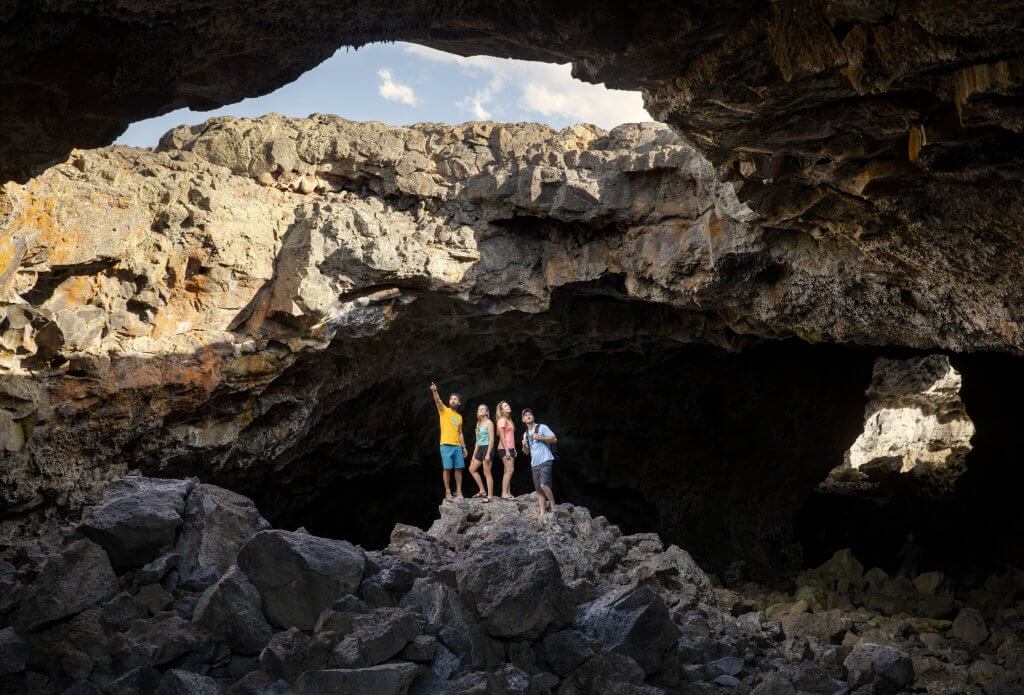
The volcanic geology of Craters of the Moon National Monument & Preserve made it a top pick for NASA’s Apollo 14 mission because it most accurately represented what astronauts would experience on the moon’s surface. The team trained for their lunar trip by maneuvering through through this unique Idaho landscape and collecting rock samples. The area is also recognized as an International Dark Sky Park, which means all the brilliant stars you’ll experience at night will make you feel like you’re worlds away.
2. Battle of the Birds
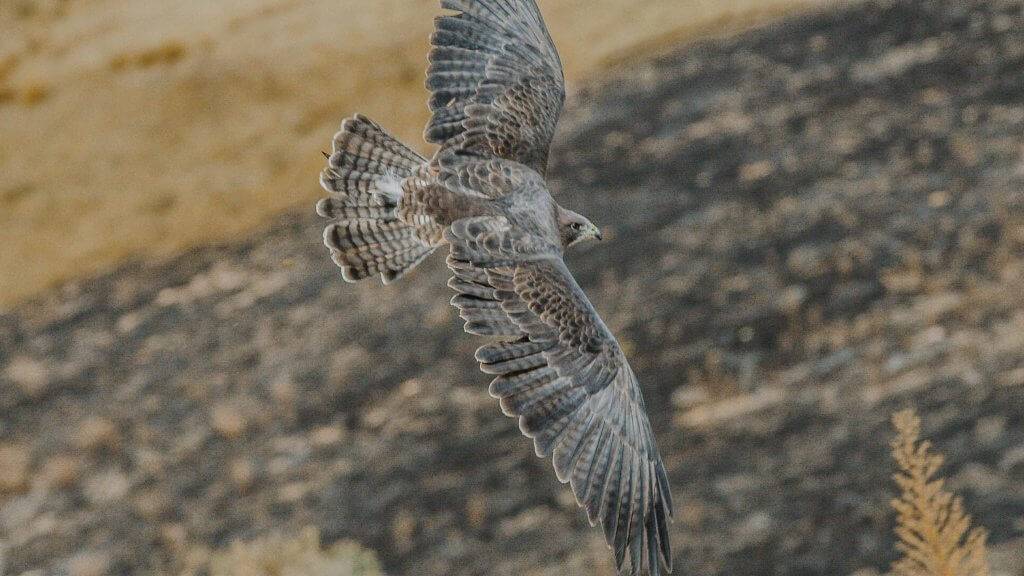
Don’t let the long name throw you. The Morley Nelson Snake River Birds of Prey National Conservation Area (NCA) has a prestigious designation as its home to the greatest concentration of nesting birds of prey on the continent and more than 250 avian species. On the other side of the country, Florida’s Everglades National Park may have a more tropical climate — making it an ideal destination for the 300 bird species that visit the area — but both locations offer top-tier birdwatching. Drive through the NCA to spot hawks, owls, eagles, and falcons as they use the crags and crevices 700 feet above the Snake River to raise their young. The NCA is the considered “the best of the best” for bird viewing in Idaho.
3. Tall Tree Tussle
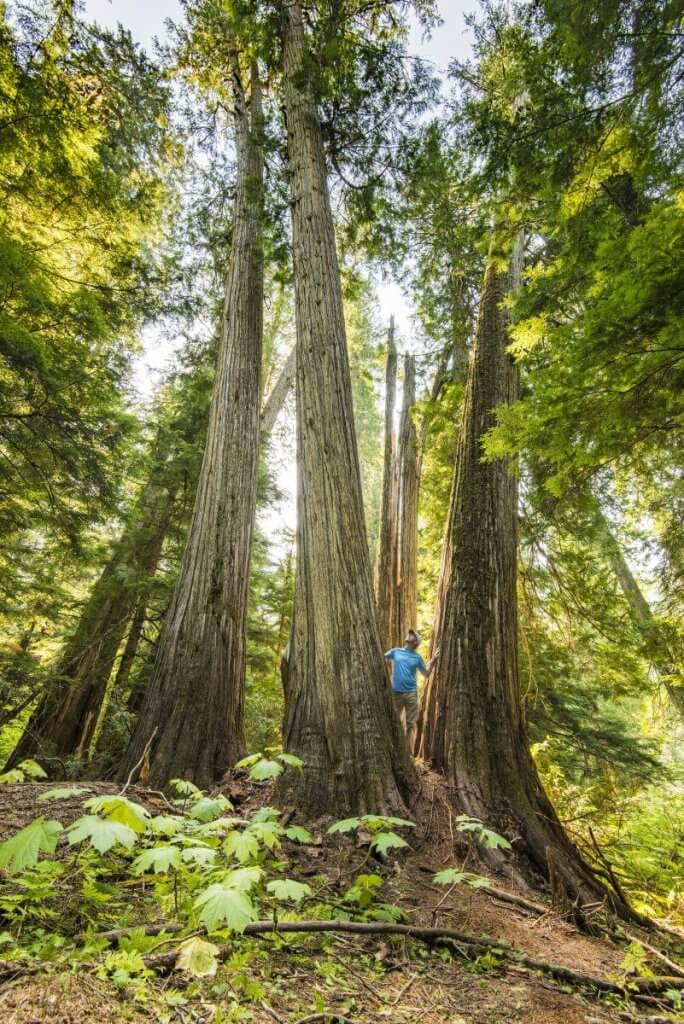
Towering trees? We’ve got that! Walk through an old-growth cedar forest where the treetops reach heights of 150 feet. The Roosevelt Grove of Ancient Cedars is a smaller concentration of gigantic trees than the expansive Redwood National Forest, but you’ll still find mighty cedars that are wider than a two-car garage. Visit this tucked-away spot in northern Idaho for a picnic, or a trek to a waterfall.
4. Big Lake Brawl
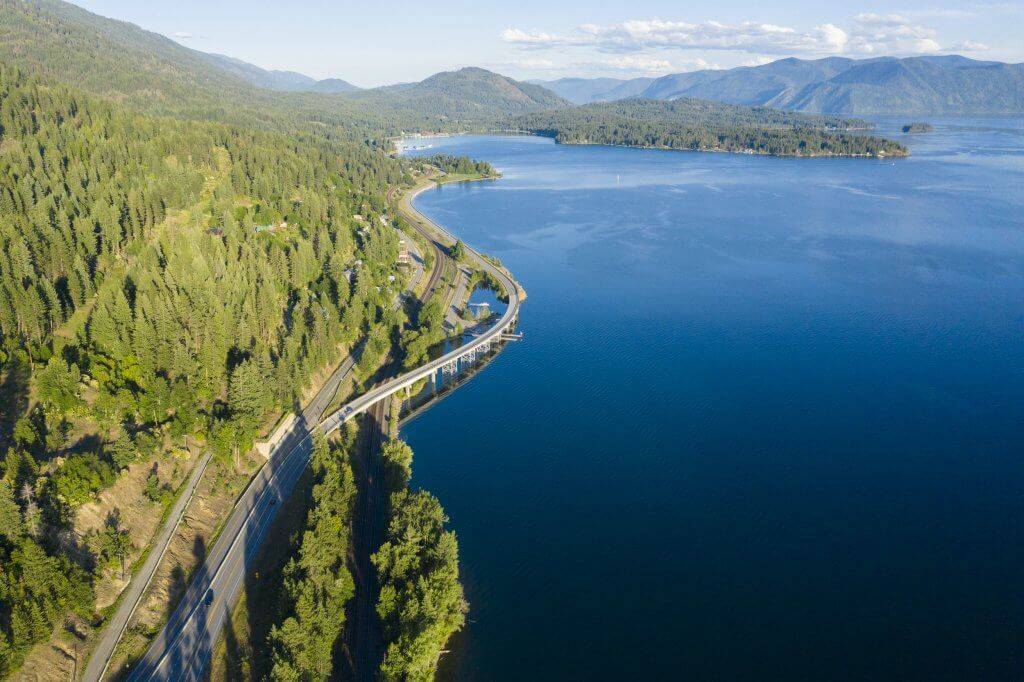
Idaho is home to hundreds of amazing lakes, but Lake Pend Oreille holds the title of Idaho’s deepest lake. Despite being nearly 200 feet shy of Lake Superior’s whopping 1,300-foot depth, Lake Pend Oreille makes up for it with 111 miles of shoreline. Farragut State Park sits on the edge of this magnificent lake, where you can wander around the Museum at the Brig and learned about the former World War II naval training center stationed here. Even better, when the conditions are right, you might be able to spot the northern lights.
5. Super-Sized Showdown
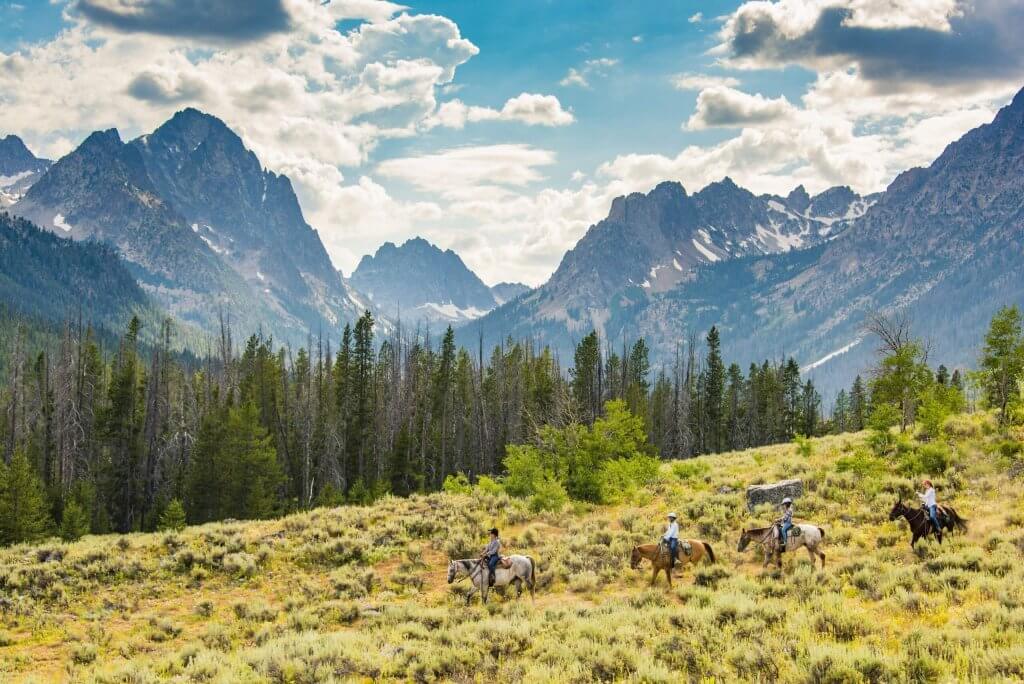
While this may seem an unlikely matchup, Idaho’s Frank Church-Wilderness of No Return Wilderness spans more than 2.3 million acres, which is a close second to Death Valley in size. “The Frank,” as it’s lovingly known, is the largest contiguous wilderness in the lower 48 states and offers more mountains, waterways and trees than its counterpart in California and Nevada. Featuring world-renowned whitewater rafting on the Middle Fork of the Salmon River, four national forests and the Salmon River Canyon (which is also deeper than the Grand Canyon), there is no shortage of wild places to explore in this extraordinary part of Idaho.
6. Falls Face-Off
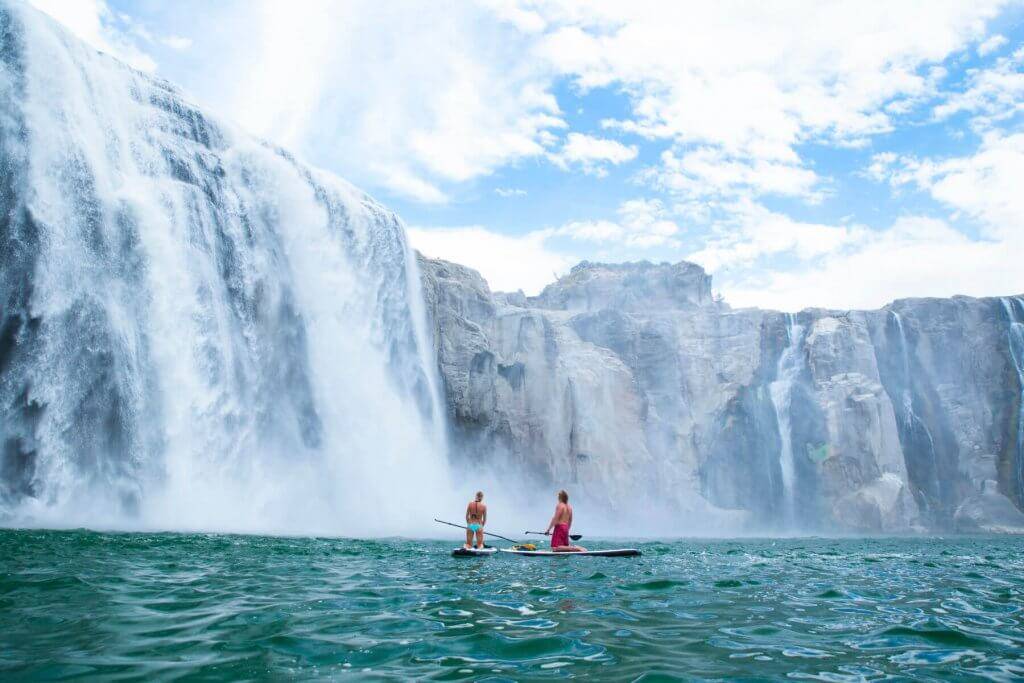
There’s a reason Shoshone Falls is nicknamed the “Niagara of the West.” At 212 feet high, this dazzling waterfall stands 24 feet taller than Niagara Falls. The falls are accessible from overlooks in the nearby park, but some of the best views can be enjoyed by paddling to the base of the falls and looking up from the Snake River below.
7. Clash of the Canyons
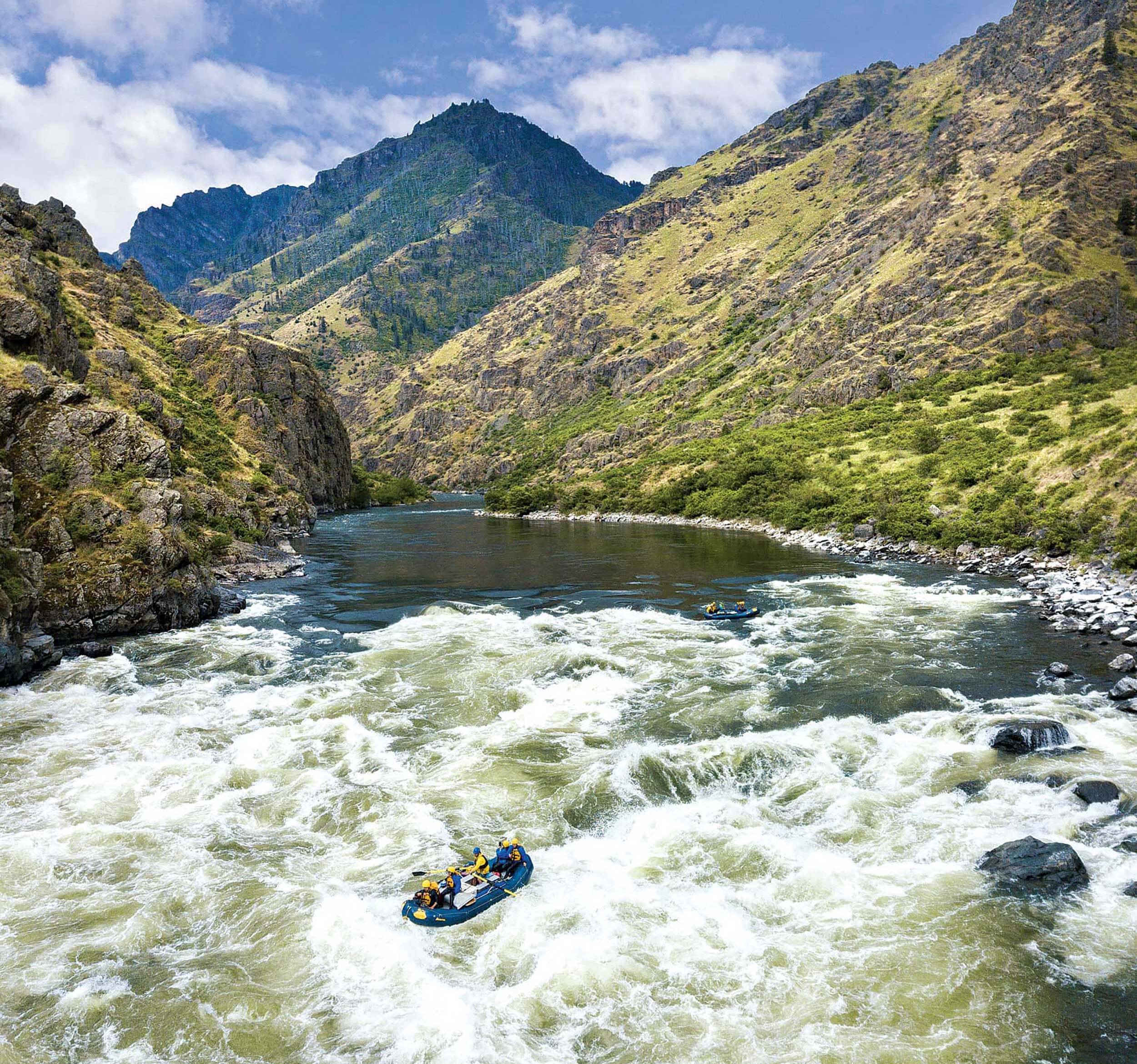
While the Grand Canyon has some serious name recognition, Idaho’s Hells Canyon still outranks its fellow natural marvel. In some areas, Hells Canyon is nearly 8,000 feet deep and 10 miles wide. That’s 2,000 feet — almost two Eiffel Towers — deeper than the Grand Canyon. Take a jet boat tour, a whitewater rafting trip or a drive along the Hells Canyon Scenic Byway to see how it stacks up.
8. Dark Sky Duel
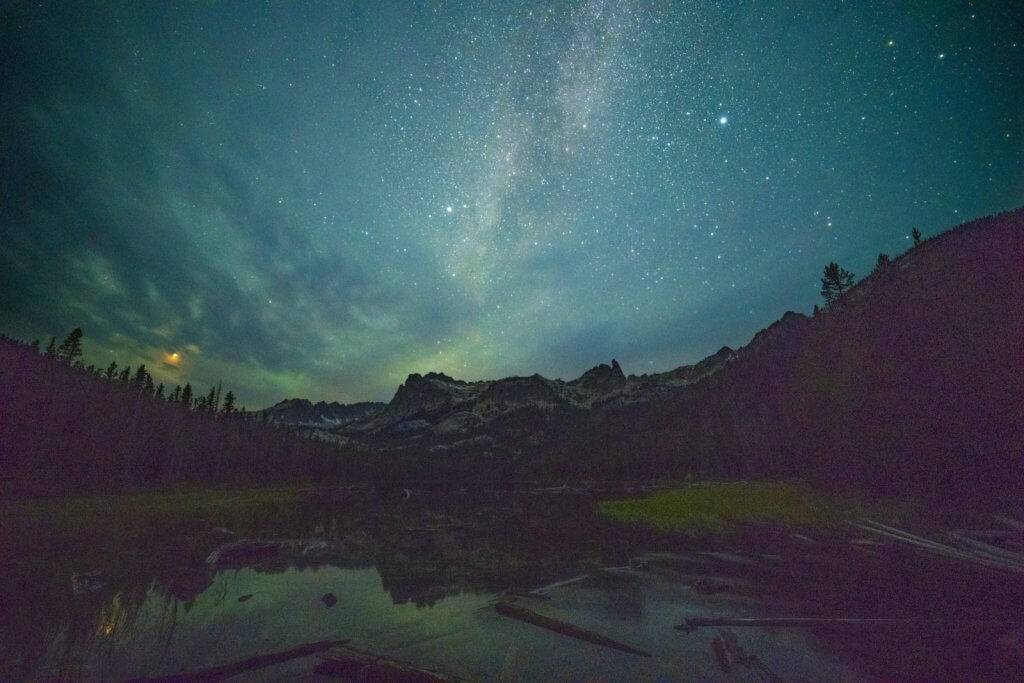
The Central Idaho Dark Sky Reserve stretches 1,400 square miles (two times the size of Los Angeles) covering the majestic Sawtooth Mountains, rugged wilderness areas and several mountain towns. It also holds the coveted Gold-Tier status, which means Idaho’s night skies are some of the best found on Earth. Arches National Park in Utah also holds an International Dark Sky Park designation, so those night skies are nothing to overlook. But the size of Idaho’s Dark sky Reserve means you have ample, and often uncrowded, ways to experience the stars — no special equipment needed.
Which of these natural attractions will you visit first?
Published on April 1, 2024
